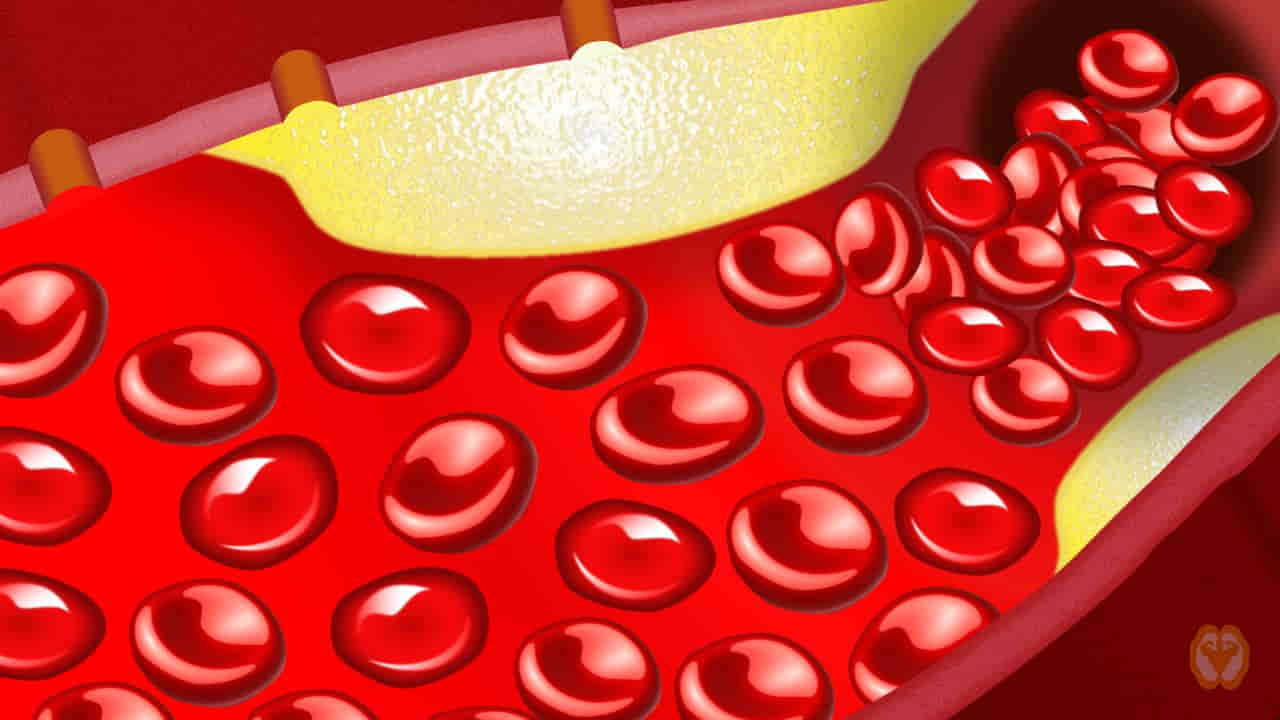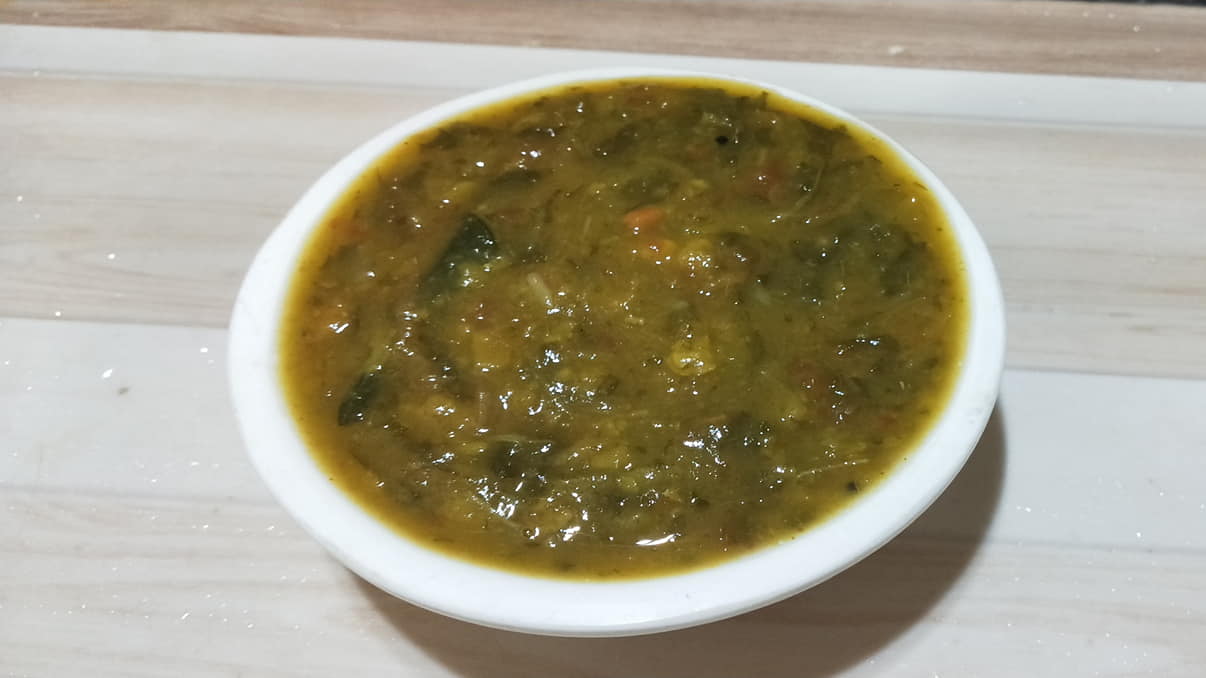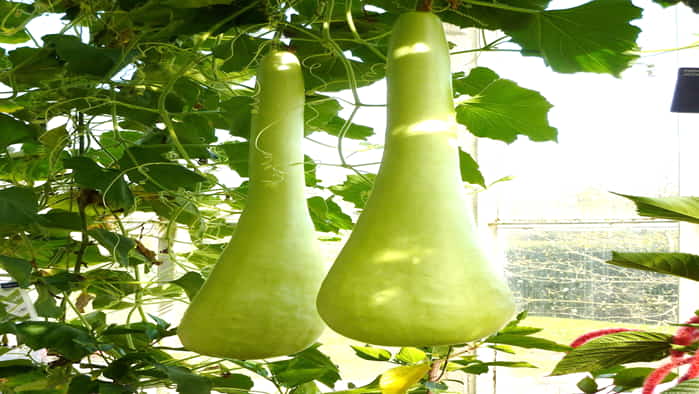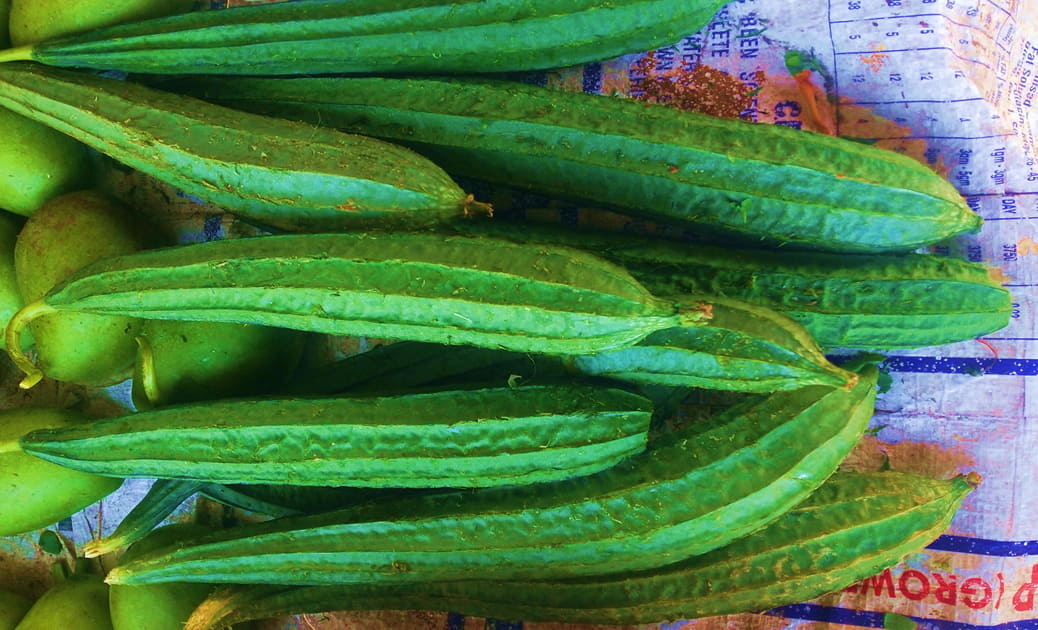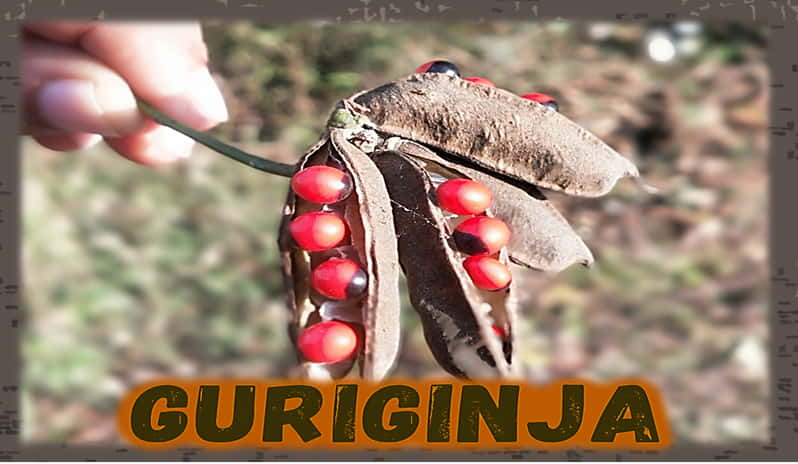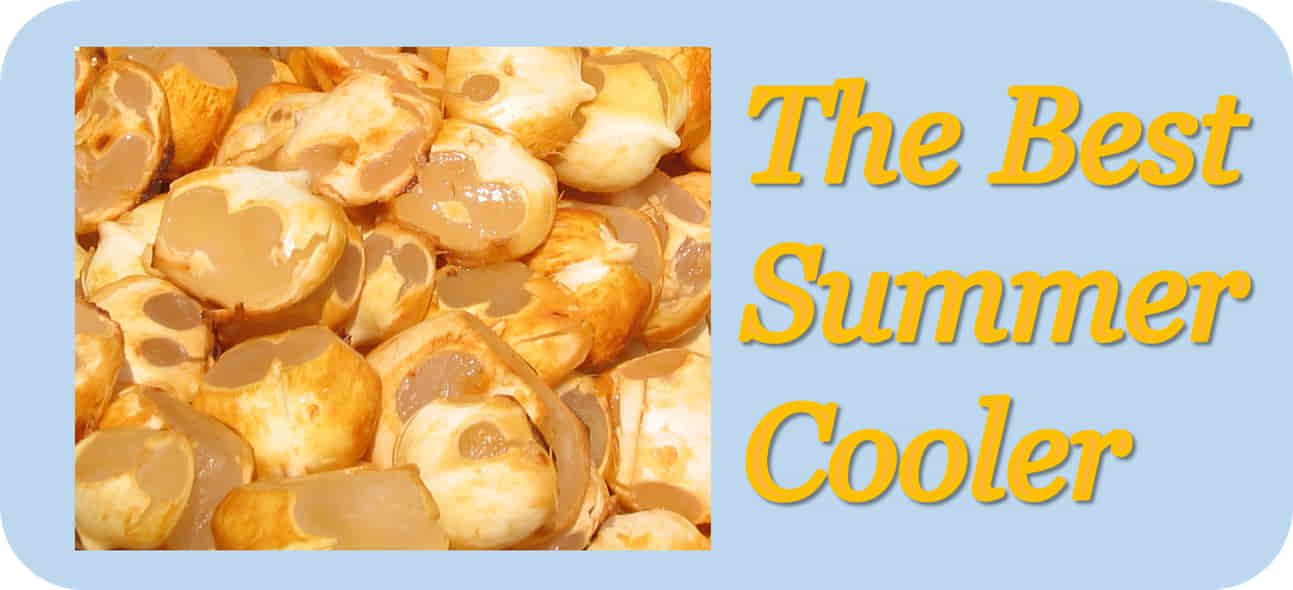Millets are fiber-rich, healthy food grains cultivated in Asian countries. Millet is considered one of the top grains for providing bioaccessible nutrients among the most widely consumed other food grains.
The name of foxtail millets in Telugu, some of its health benefits, and its scientific details are all included in this article.
Foxtail Millets in Telugu
- కొర్రలు (Korralu)
- BUY PROTEIN-RICH FOXTAIL MILLETS
Foxtail millet is also known by the names Rala, Navane, Thina Kang, Rala Thinai, Kangni, Kakum, Kanghu, Kangam, Kora, Korra, Kaon, etc.
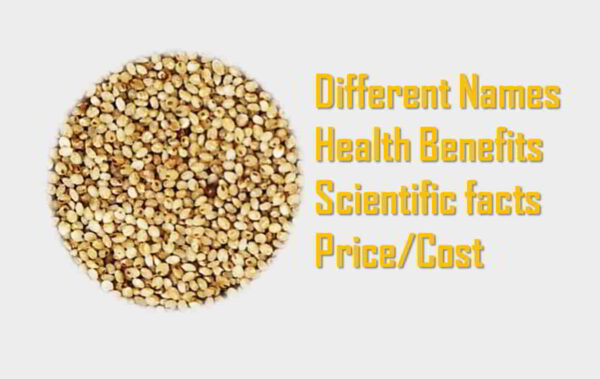
Cost/Price of Foxtail Millet
- The natural Foxtail millet price in India ranges from Rs. 70 to 200 per kilogram.
- The processed Foxtail millet cost ranges from Rs. 200 to 320 per kilogram online.
However, foxtail millets can be expensive or inexpensive depending on the grain’s age, quality (protein and fiber levels), selling location, and state (raw or processed) of the seeds. Due to the extensive processing required, the seeds that will be used in agriculture to grow this millet are somewhat expensive.
Buy Low GI & High Protein Foxtail Millet
Foxtail Millet Uses/Benefits
Due to foxtail millet’s high nutritional value, high fiber content, gluten-free status, potential health benefits, mild flavor, and light color, the North American and European food industries have been expressing an increasing interest in considering it as an energy-rich flour.
Millets may protect against degenerative diseases that arise with aging and slow down human aging.
The amounts of methionine, isoleucine, and leucine in foxtail millet are similar to those in wheat, which contains these three essential amino acids.
Millet is a significant crop with a number of health benefits because of the phytochemicals present in millet grains.
Foxtail millet is a rich source of lecithin, which supports the health of the nervous system and aids in the regeneration of myelin fiber, brain cell metabolism, nerve cell function, and regeneration of the myelin fiber.
The phytonutrient lignan, which is found in millet, combats breast cancer and other cancers that are hormone-dependent.
Foxtail millets are rich in calcium, which supports the health of the bones and teeth. They also contain readily bioavailable phenolic compounds that are beneficial to health.
Millets can help in the prevention of cancer and cardiovascular diseases because they contain a significant amount of antioxidants, high fiber, and complex sugars.
Regular millet consumption can reduce the buildup of high levels of LDL cholesterol and blood pressure.
According to some studies, millet protein consumption increases plasma levels of good cholesterol (HDL) more so than levels of bad cholesterol (LDL).
Buy 5Kg Combo Pack of Fiber Rich Foxtail Millets
Another ingredient that is known to be helpful in preventing liver damage is millet protein.
Given that millet protein induces HDL (good cholesterol), which has an anti-atherogenic effect, it would be advantageous as a new food ingredient because it has the capacity to control the metabolism of cholesterol.
The mineral phosphorus found in millet is involved in the building of the bone’s mineral matrix and is a crucial component of ATP, the body’s primary source of cellular energy.
The high phosphorus content of millets like foxtail millet improves the structural stability and efficiency of body cells when consumed frequently.
In comparison to other cereals, foxtail millet is regarded as one of the best sources of essential nutrients due to its higher concentrations of calcium, iron, zinc, dietary fiber, polyphenols, protein, potassium, magnesium, and phosphorous.
Nucleic acids, which are the building blocks of the genetic code, also need phosphorus as one of their essential ingredients.
About 20 to 30 percent of the phosphorus that our bodies require each day can be found in one cup of cooked millet.
As a good source of both macro and micronutrients like niacin, folic acid, B-complex vitamins, and other micronutrients, foxtail millets help prevent malnutrition.
Foxtail millet contains a lot of magnesium. Numerous enzymatic procedures that control the synthesis of insulin and glucose require magnesium as a co-factor.
This means that eating millet like foxtail millet reduces your risk of getting type 2 diabetes.
Magnesium can also lessen the severity of migraine headaches and heart issues, as well as help those who have atherosclerosis and diabetic heart disease.
Millet-induced HDL increases nitric oxide production, enhances endothelial cell (EC) survival, and lowers endothelium inflammation and oxidative stress in addition to inhibiting the process of atherogenesis (the development of fatty deposits in the arteries).
However, there is still a sizable knowledge gap regarding the nutrient profiles of the various millet varieties and how they are utilized in the production of various food products.

Facts about Foxtail Millet
Foxtail millet is closely related to pearl millet, proso millet, sorghum, and maize within the grass subfamily Panicoideae.
Even in difficult growing conditions, millet can be productive, especially in regions with typically low rainfall, such as India, Sub-Saharan Africa, and West Africa.
Foxtail millet is regarded as a quick crop because it matures or grows in a short amount of time—some varieties can start producing grains within 60 to 70 days of planting—and because it needs little water, which speeds up the production of grain.
Foxtail millet is frequently used in European organic farming methods because it needs little upkeep and has no known diseases.
Nevertheless, it is frequently used as an intercrop in the US.
Furthermore, the market in the United States for grains like millet in the bread and grain industry is growing.
Millet-Based Food Types
In addition to being a primary component in the creation of distilled spirits and beers, millets have also been used to make fermented beverages in Africa and Asia.
For millet, there are many different ways to prepare and cook it.
Similar to rice, the grains can be fully prepared by boiling, steaming for salads, or both methods.
Porridge can be made with millet flour along with additional ingredients.
To process millet grains into a variety of food products, as well as to find the best ways to incorporate millet as an ingredient, further research is necessary.
I hope you enjoyed learning about foxtail millets from the comprehensive information on this website. You can find some of our other articles listed below if you’d like to read them.
